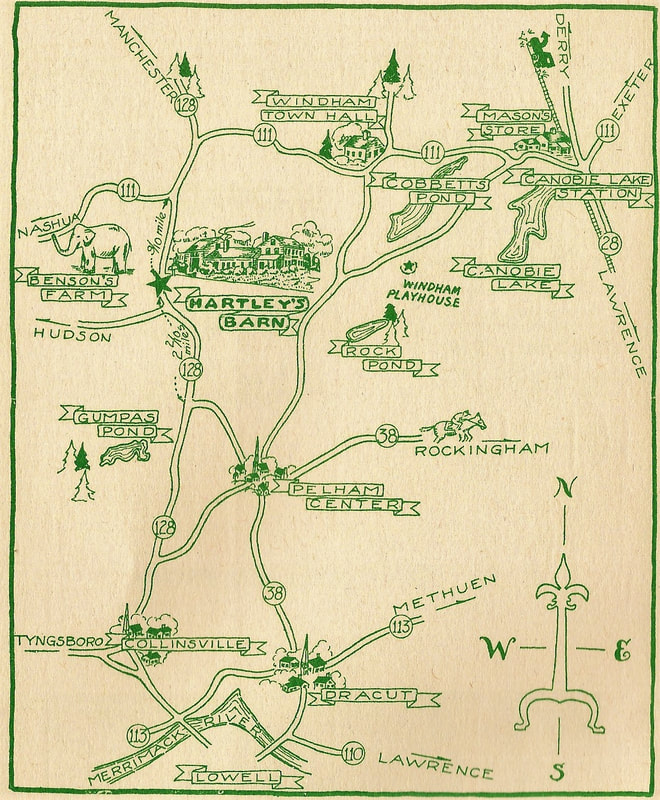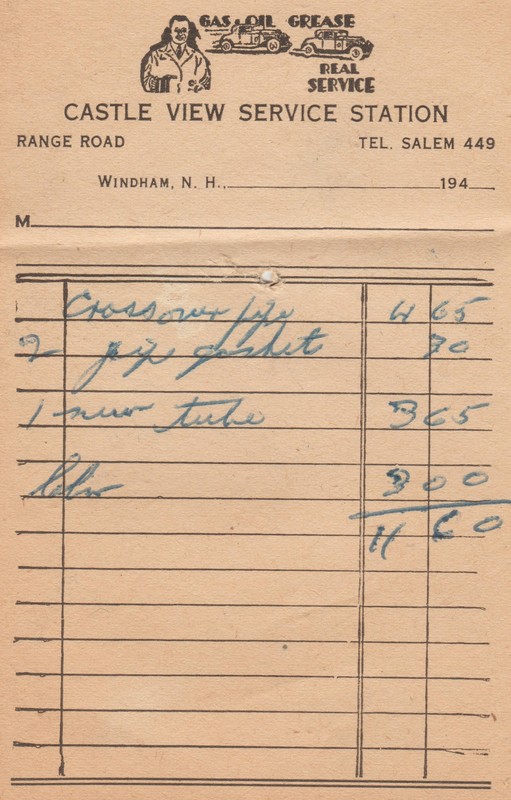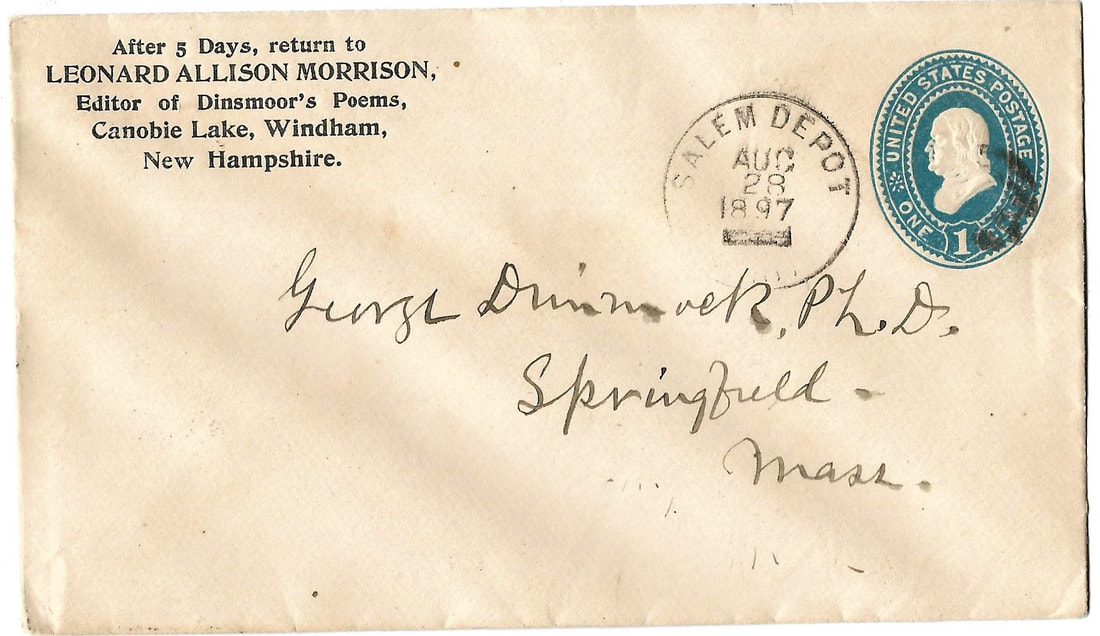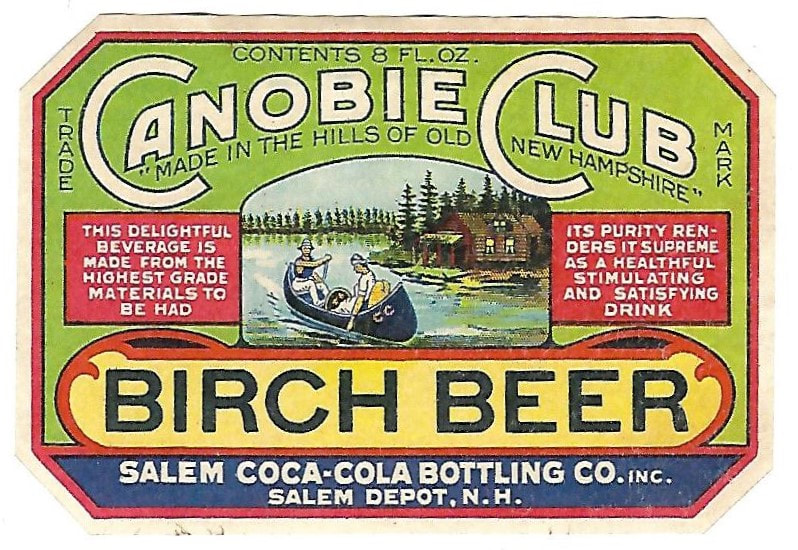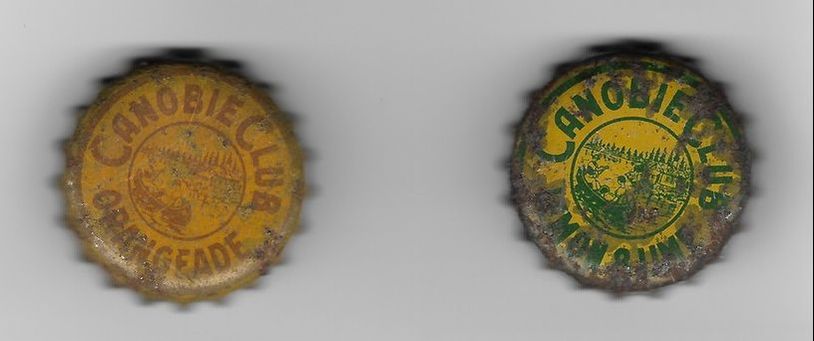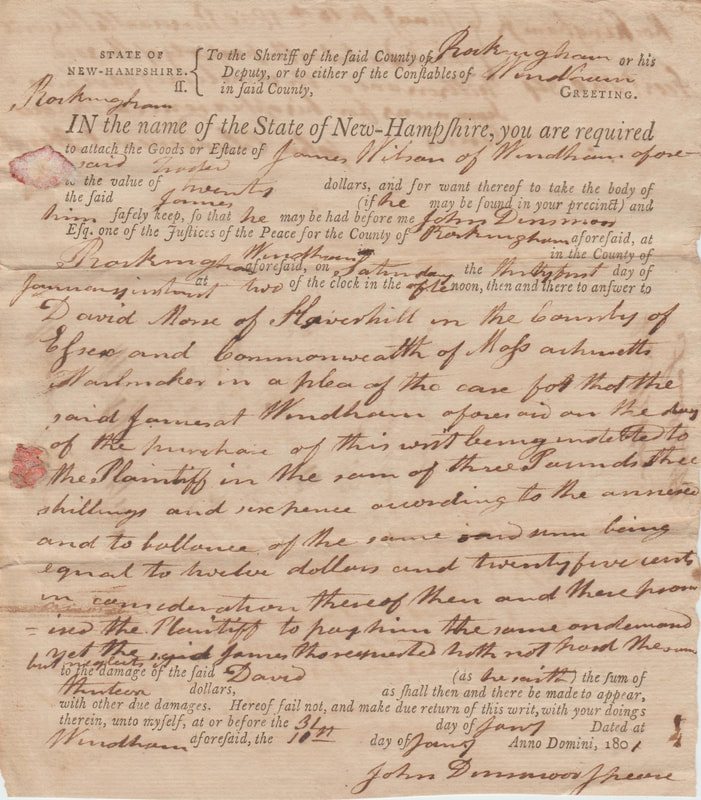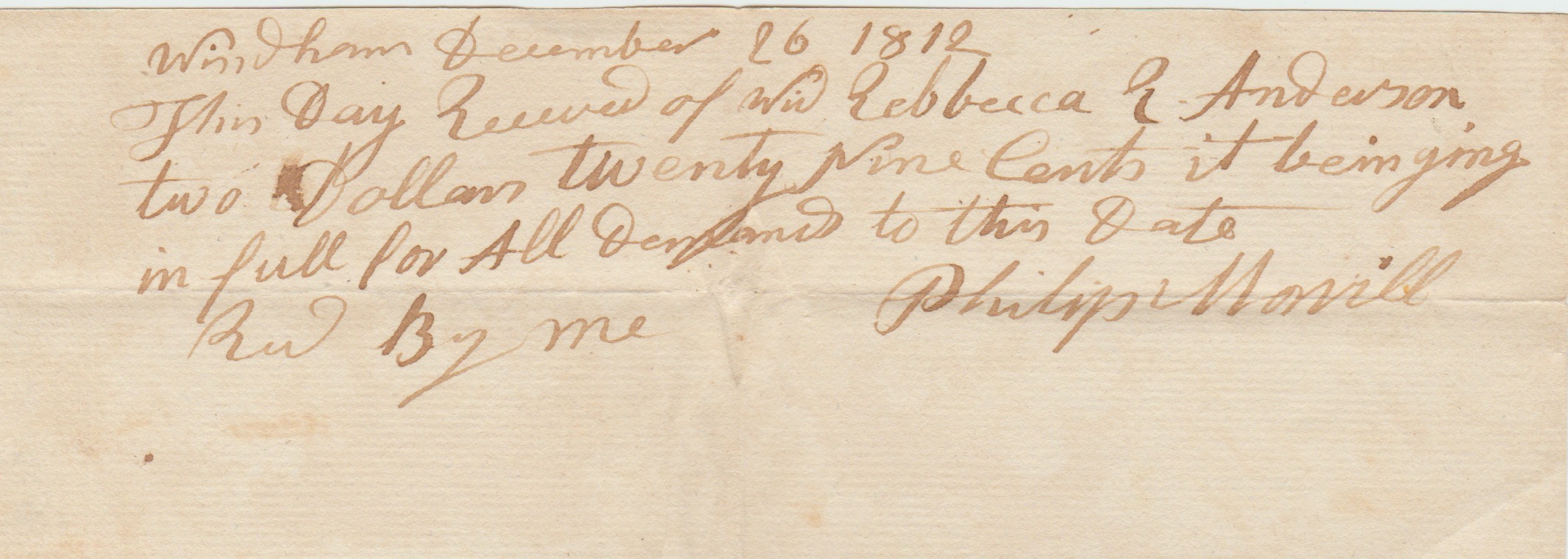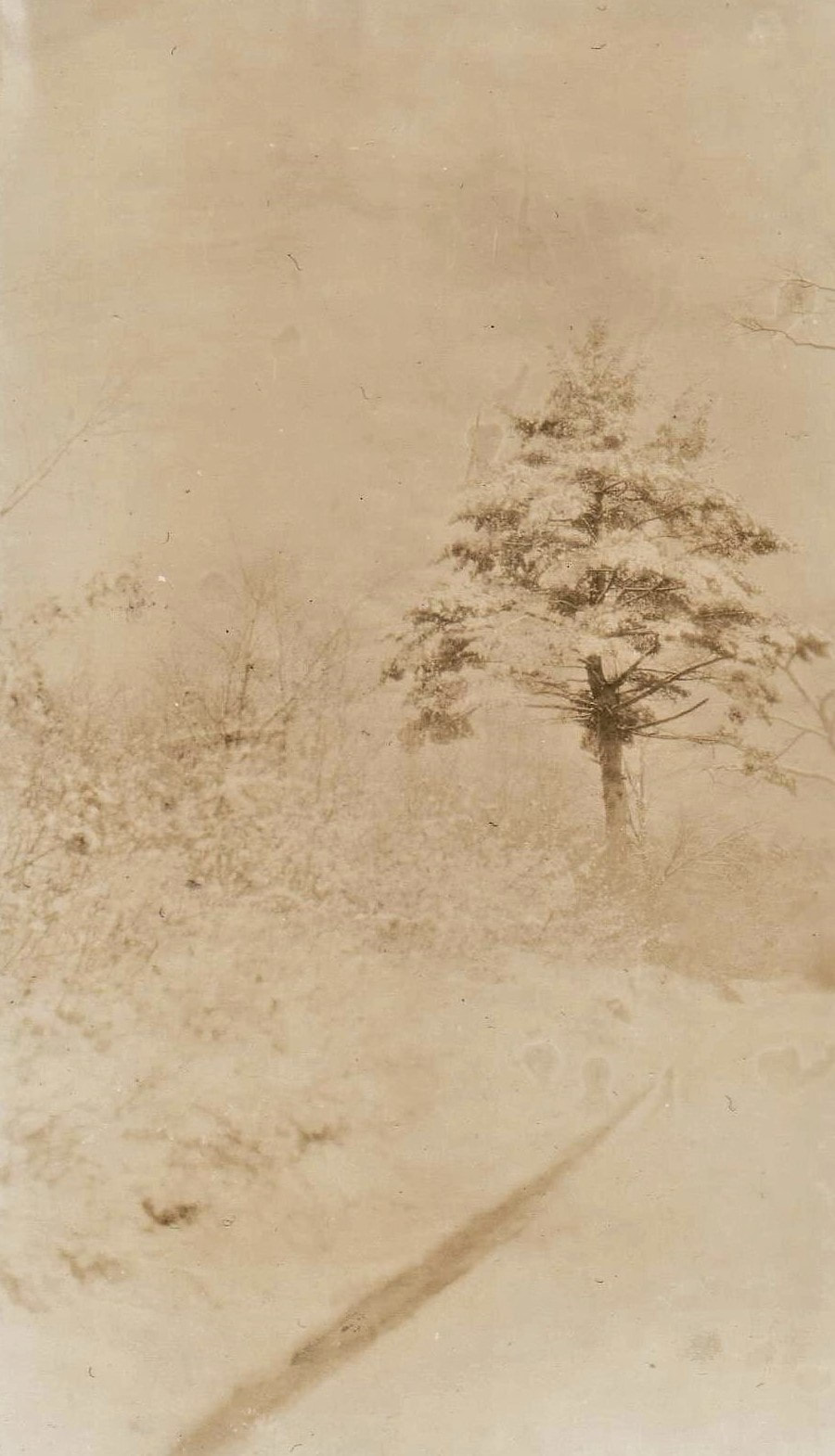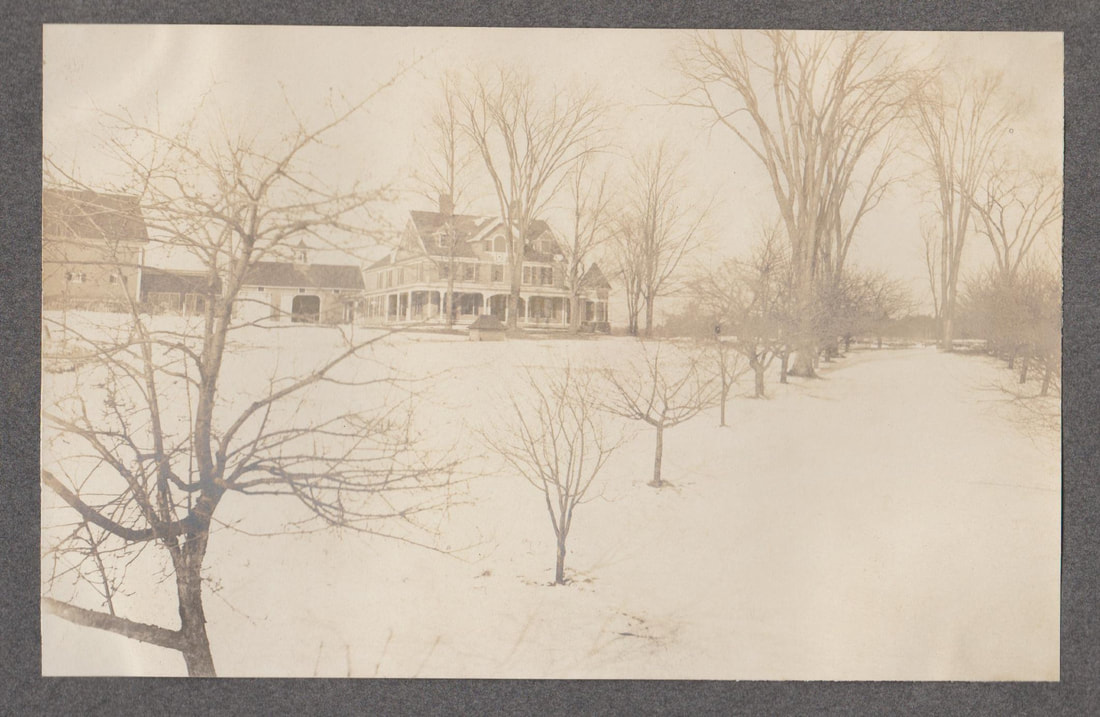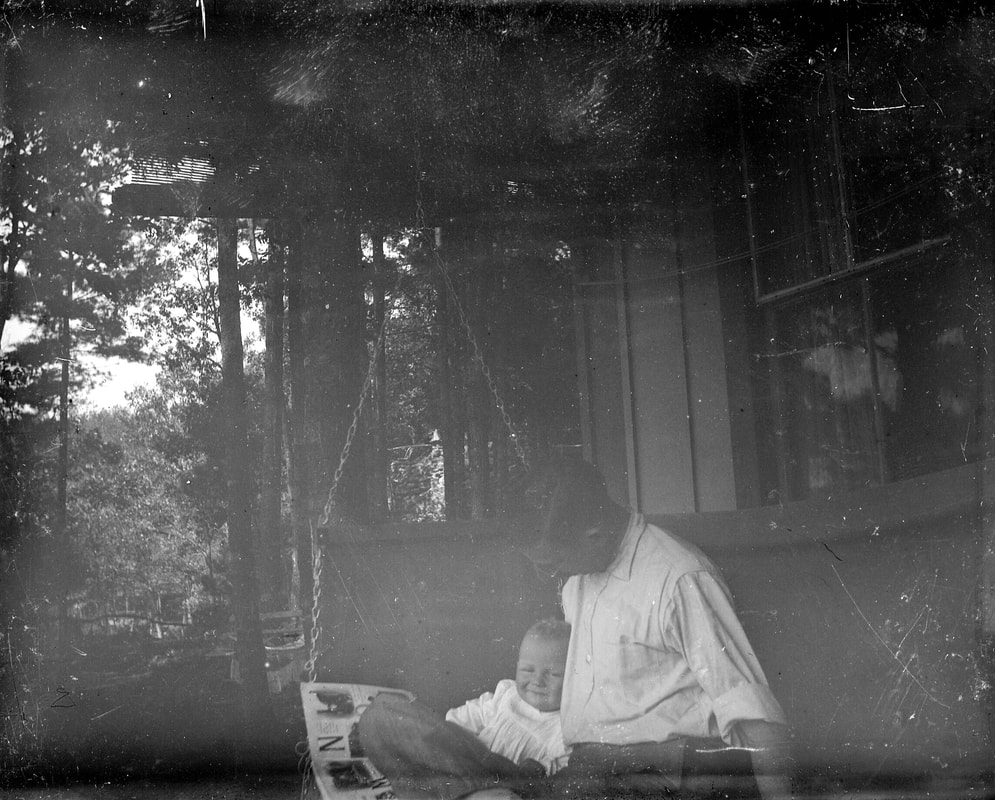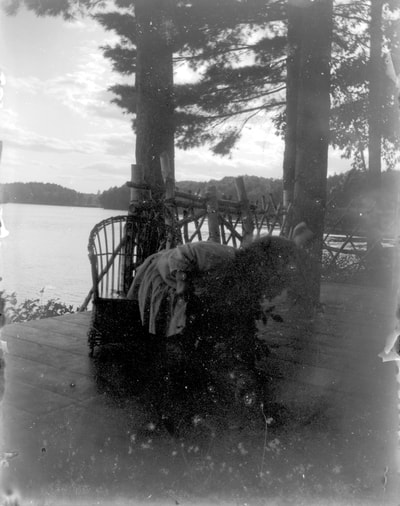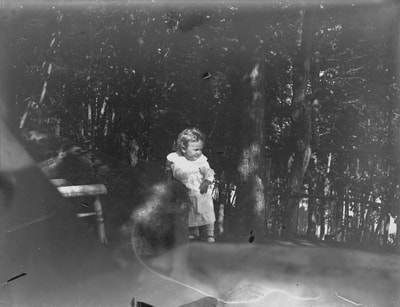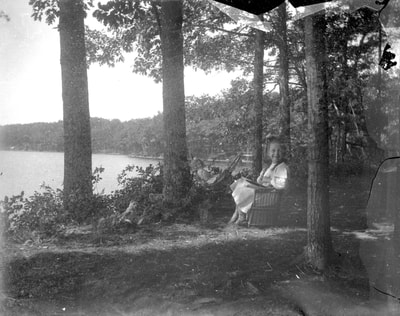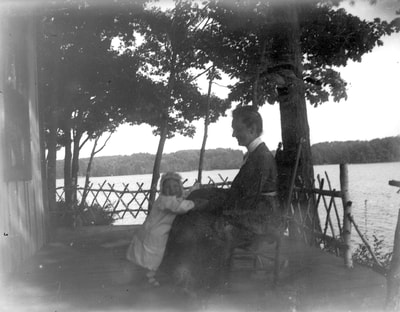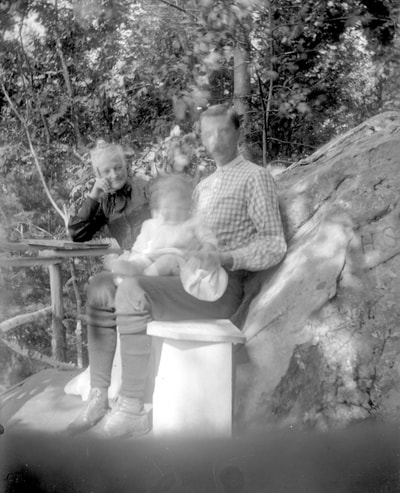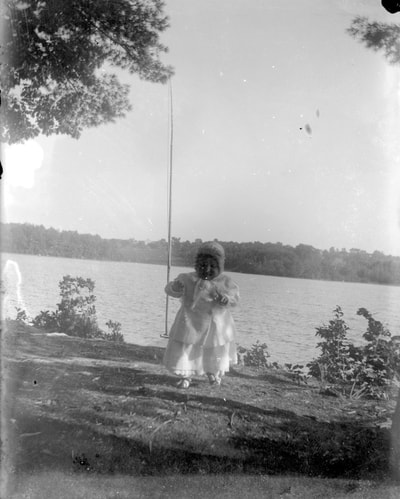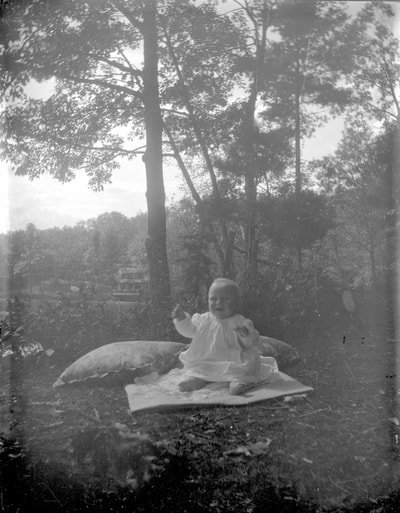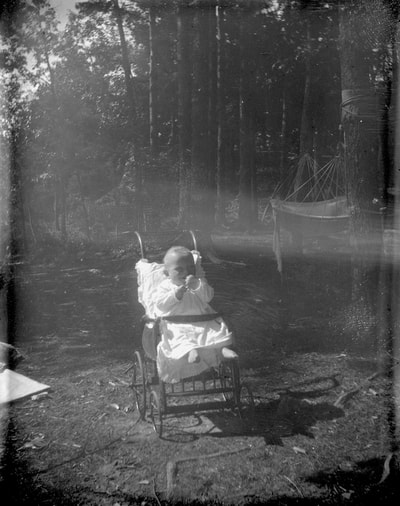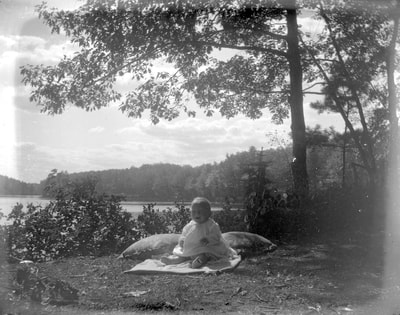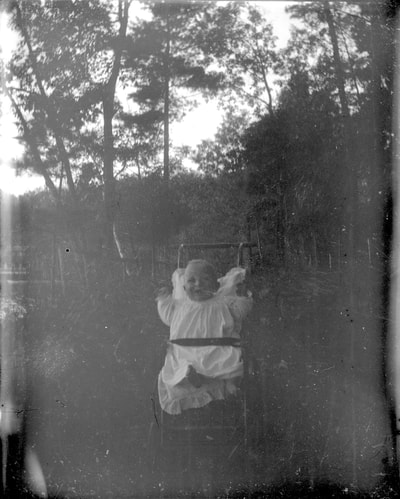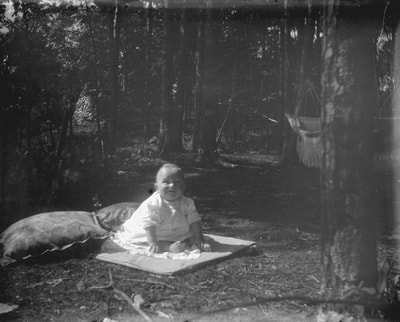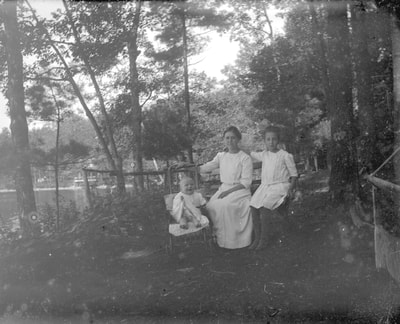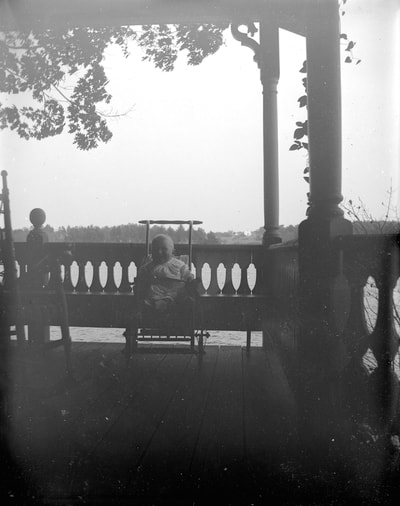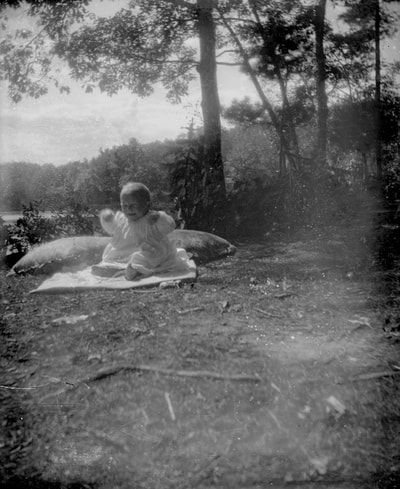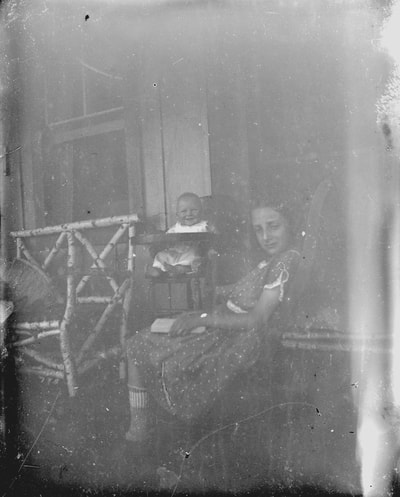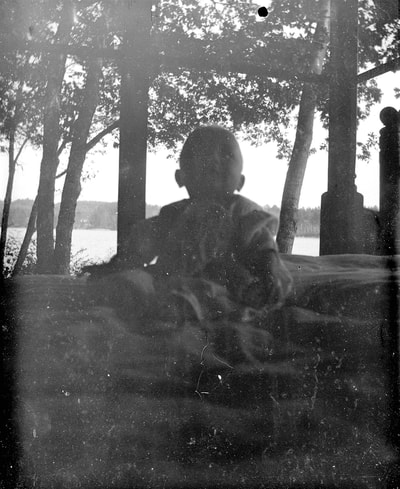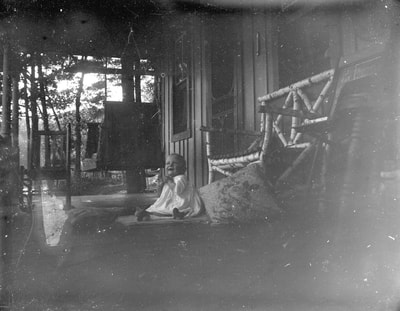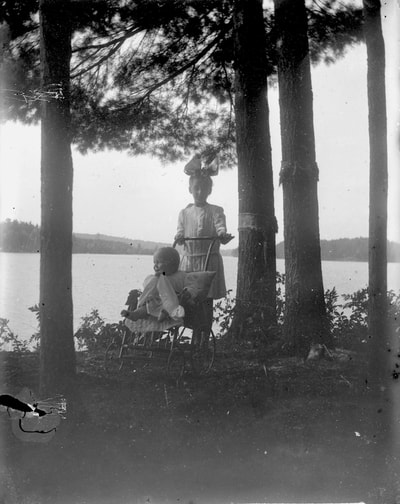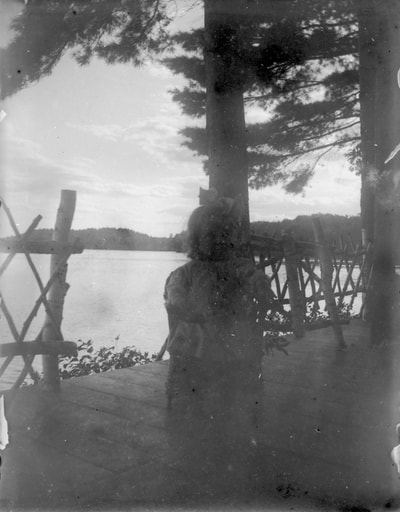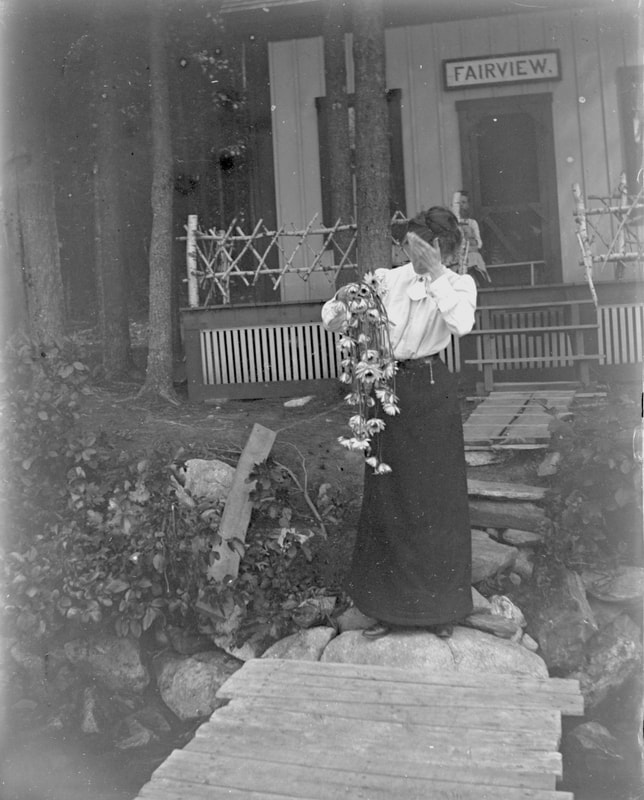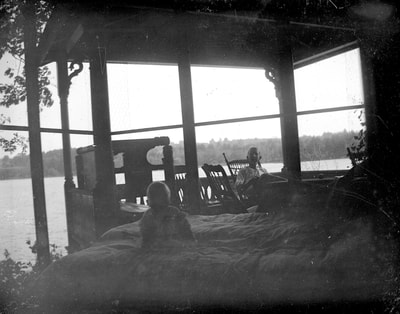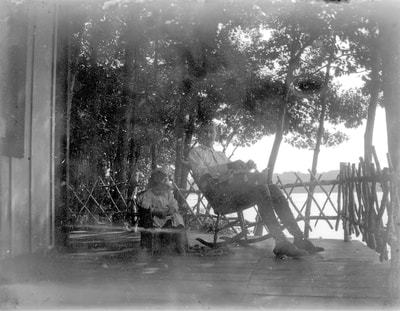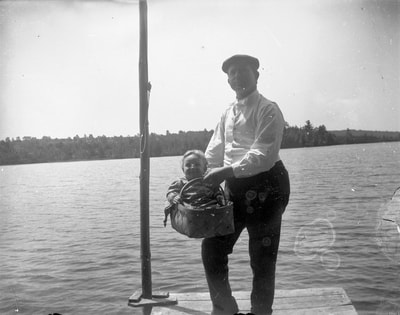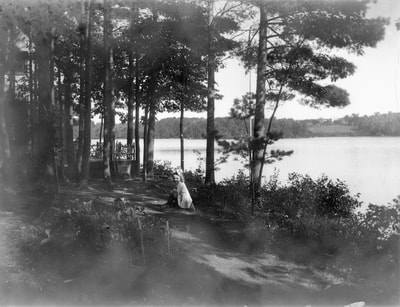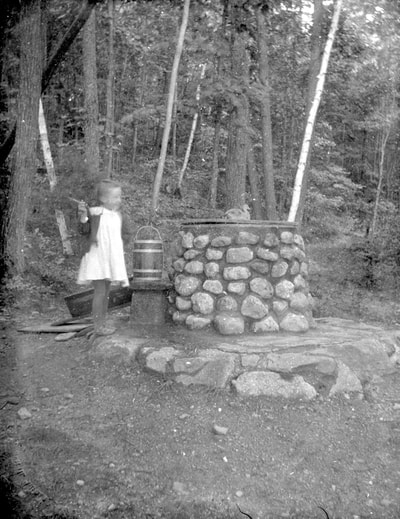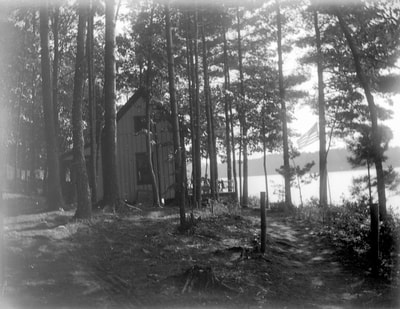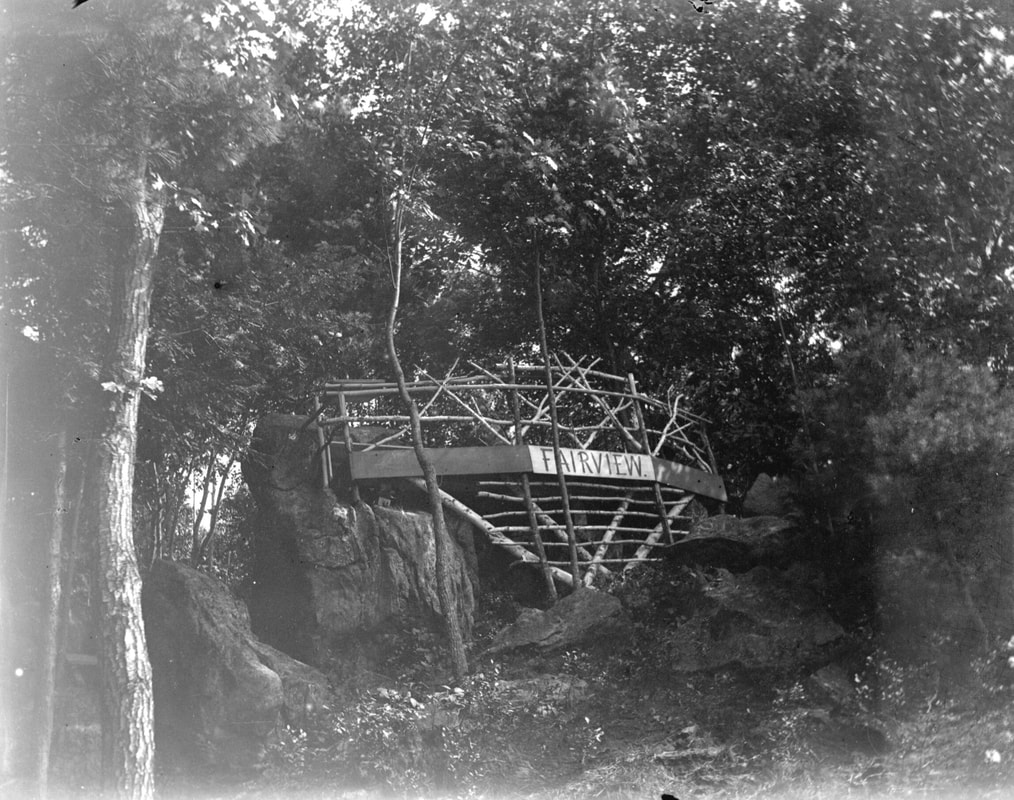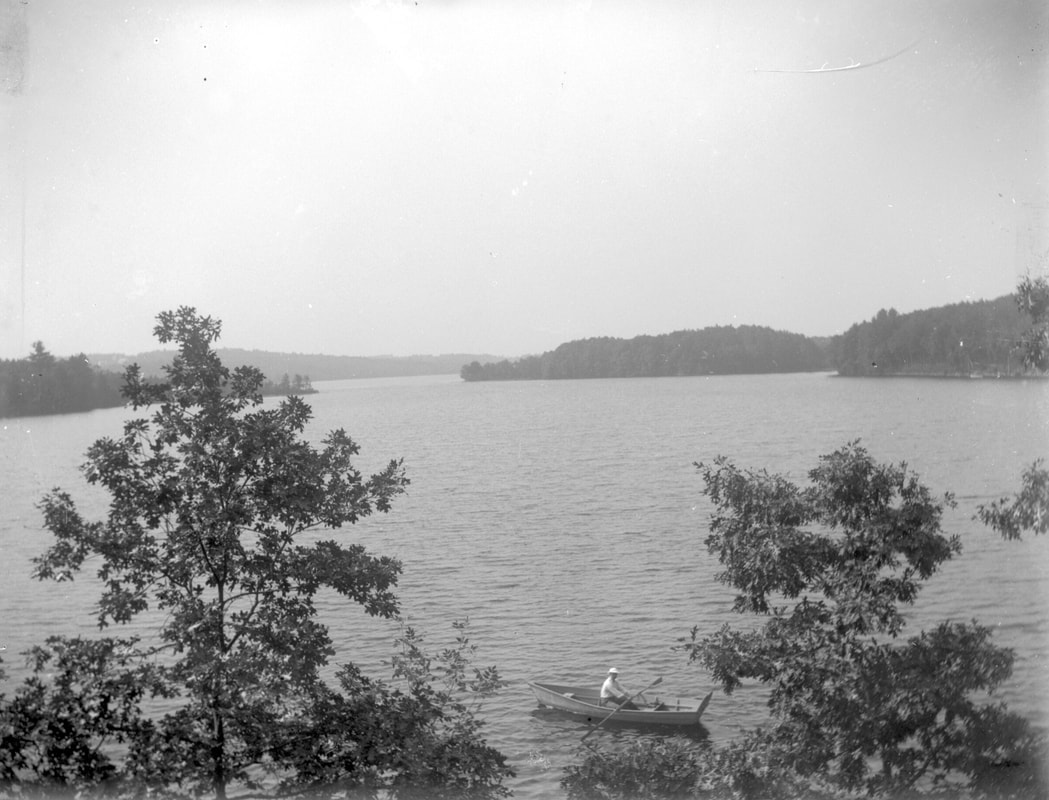|
The map shown above was produced in the 1950s by the proprietors of Hartley's Barn, and was reproduced for advertisements promoting the establishment. Included on the map are attractions such as the Windham Playhouse, Mason's Store, and Cobbett's Pond. Unlike a standard road map, this map shows only the main roads, giving an out-of-town tourist the most simplistic directions possible to visit the most popular attractions and useful sites. With the addition of Rockingham Park and Benson's Farm, it really includes something for everyone.
1 Comment
According to "Rural Oasis," the first service stations appeared in Windham by the mid-1930s. In 1935 there were three garages, but by 1943 only one of the original three remained open. While the one station that remained open, which was owned by Leon Meserve, operated without any real competition for several years, this changed when Howard Hemeon opened Castle View Service Station on Range Road, at the intersection of Route 111 and Route 111A. Howard and his wife Rose purchased the Federal period brick home that is now the Windham Restaurant in 1945. Shortly after moving in, Howard opened his service station next door to his home. Evidently the Hemeons did not make much of a success of their automotive garage, as they sold their home in 1949, along with the garage. The garage was eventually rented to Ernie Alix, who operated his own service station on the premises, until the building was sold again, and he relocated his business further down Range Road.
While Leonard Allison Morrison is known by most as Windham's greatest historian, he was also an avid publisher and author on many works of history and genealogy. After writing "The History of Windham, New Hampshire: 1719 - 1883," Morrison published several more works including:
Not only did the Salem Coca-Cola bottling plant bottle the ever popular Coca-Cola line of beverages, the facility also produced beverages customized for the local market. One such beverage was "Canobie Club" soda. With a name that was synonymous with wonderful memories of summers spent at Canobie Lake, there would certainly have been a demand for the product. In cities across the United States anyone could get a Coca-Cola, but only in the Salem and Windham area could you get a Canobie Club "Birch Beer" or a "Lemon & Lime" soda. To tout its local connection, every bottle label displayed the headline "Made in the Hills of Old New Hampshire." Unlike its other soda counterparts, the soda was marketed as a great beverage for the health-conscious with the slogan: "Its purity renders it supreme as a healthful and satisfying drink." To stand out from the rather plain labels of other sodas, each bottle was given a brightly colored label with a large graphic of two young men rowing a canoe on Canobie Lake. Even the cork-lined bottle caps were printed with the image. Evidently there was not as much demand for the "Canobie Club" line as the producers had imagined because the line was likely discontinued by the 1950s. Salem Coca-Cola went on to continue its bottling of more standard Coca-Cola products.
On January 10, 1801, John Dinsmoor, as the justice of the peace, signed a warrant to arrest James Wilson. According to the warrant, if James was found within the precinct, he was to be arrested and held so that he could make an appearance before Dinsmoor on Saturday, January 31 at two o'clock. Windham's constable, who may have served the warrant and attempted to arrest Wilson, was Abner Campbell. Like many of Windham's constables in that era, he was the town's only constable and served for just one year. In addition to arresting Wilson, who lived in the Burnham house at the Windham town center, his personal estate was to be attached for the sum of $20. When Wilson appeared before Dinsmoor that January afternoon he would have been confronted by David Morse, of Haverhill, a nail maker. Some time prior, Wilson had purchased "three pounds three shillings and six pence" of goods, presumably nails, from Morse, and failed to pay him. In 1801, the sum of British currency was equivalent to $12.25 according to the warrant; that amount is rounded up to $13 and somehow raised to $20 against Wilson's estate. While the outcome of the case is unknown, Wilson did not stay around Windham for long. During the War of 1812, Wilson found himself a seaman who had earned the moniker "Sailor James." While in England a "press-gang" found Wilson on the street and impressed him into the British service. However, Wilson was a fervent patriot and refused to fight against his countrymen. For his refusal to fight with the British ranks Wilson was imprisoned at Dartmoor Prison, but eventually released. Following his release from prison Wilson returned to Windham and married Mary Gregg. After living in Windham for a year, Wilson deserted his wife, went to Baltimore, and was never heard from again.
Philip Morrill is likely a name that has escaped much attention in the research of Windham’s history that has been done in the past one hundred-odd years. In fact, Leonard Morrison mentioned him only twice in his history of the town, and even then it is two brief lines in a section titled “Unassigned Births and Deaths.” There are several Morrills recorded by Morrison in his genealogical index, but they are not given a dedicated section, as are many families, and the list of Morrills fails to include Philip. However, extant records do help us piece together the life of Philip.
Philip Morrill moved to Windham from Pelham in 1805 after purchasing a property from William Davidson and William Shed, both Windham residents, for twenty dollars. His occupation at the time was listed as a tanner, working with leather. For his twenty dollars, Morrill became the owner of one acre of land near Beaver Brook. Two years after relocating to Windham, Morrill and his wife Sally became the proud parents of their first son, Alexis; Alexis’ birth on June 2, 1807 is the first birth in Morrill’s family recorded in Windham. In August of 1808 Philip purchased two acres of land in West Windham, near Beaver Brook, from William Davidson for the sum of thirty dollars. This land was adjacent to the property already owned by Morrill, and he had now tripled his acreage for just thirty dollars. As neither this property, nor the previous property, had included any buildings, we can surmise Philip had built a home upon the first tract of land before his son had been born. Philip must have fancied himself being a success with real estate as he purchased more land in Windham in 1809. In March of 1809, Philip purchased eight acres of land from William McCoy, although it is not clear if this new tract of land actually bordered Philip’s homestead, or if he was simply expanding his acreage in town. Morrill paid sixty dollars for the land, amounting to just $7.50 per acre, a bargain when compared with the $10 - $15 per acre he had previously paid for land. Although Philip purchased his first tracts of land in Windham to build a home, he seems to have been quite a real estate investor. In 1811 Morrill sold a tract of land in West Windham to Josiah Butler for over $400, a handsome profit. Flush with cash from his sale of land to Josiah Butler, in 1813 Philip purchased a property, which included two individual lots, in Windham for the princely sum of $395; this land was sold to him by Josiah Butler. It is in the deed for this property that the first mention of Morrill’s house can be found. For $395 Morrill became the owner of one eight acre lot near his homestead, as well as a likely larger tract for which the acreage is not provided in the deed. Shortly after his large land purchase, Morrill continued purchasing land in West Windham, paying William McCoy $54 for just two acres in that part of town. In August of 1813, Philip made his largest real estate transaction yet in Windham. He sold Solomon Hardy four acres of land in West Windham for a staggering $500. For Philip Morrill January of 1814 must have been quite a month. Just a week after New Year’s Day of 1814 Morrill purchased approximately ten acres of land from Robert and Betsey Simpson. Unfortunately, Sally Morrill passed away sometime before 1814. Although the birth of her son was recorded in the town records, her death seems to have been overlooked, or at least Morrison could not find the information. However, by 1814 Philip had remarried, and his second wife Mehitable gave birth to the couple’s second son, Lorenzo, on January 27, 1814. Within a week of Lorenzo’s birth Philip was back to dealing in Windham real estate, purchasing a tract of land in the vicinity of Beaver Brook that at the time was commonly called “Commins field.” Morrill spent $170 for another tract of West Windham land just two months later. In December of 1814 Philip sold eight acres of land near his home for just over thirty-seven dollars. He continued selling real estate in 1814 and 1815, selling a few hundred dollars worth of land in Windham; Philip also sold a few hundred dollar property in Nottingham. In 1817 Morrill sold off nearly one thousand dollars worth of property in West Windham; the two transactions mark the last time Morrill is recorded as living in Windham. In the nearly three hundred years that have passed since Windham's founding, snow and winter weather has remained an unchanged characteristic of Windham's existence. As a heavy winter snowfall and occasional blizzard would be commonplace anywhere in New England throughout history, it should not be a surprise that Windham historian Leonard Morrison devoted a section in his tome on the town's history to snowshoes. Following a significant snow storm it would have been difficult, if not impossible, to travel upon horseback or on foot. When travel was necessary in such conditions many a Windham resident would have found a good pair of snowshoes invaluable. Morrison considered snowshoes such an important artifact from the town's early history that he describes in great detail the construction of a primitive pair:
"They were from two to four feet in length, and from a foot to sixteen inches in width, and one accustomed to their use could travel with them with ease. The snow-shoe was made of a tough piece of maple or ash, about one inch in diameter, and bent in the shape represented, and the ends riveted together. There were cross-pieces, to which and to the bow of the shoe was attached a strong netting of green hide or leather. The toe of the foot was slipped under the loop of the front cross-piece and fastened, while the heel was left free, though sometimes it would be weighted so as to trail in the snow." Leonard Morrison preserved an interesting story about British soldier John Hughes, who deserted the British Army to join the patriots. After leaving his regiment, which was stationed in Boston, Hughes made his way to Windham where he trekked through the deep snow of winter to the vicinity of Bissell's Camp. It is there that "he was greatly alarmed by the prodigious tracks of some animal upon the snow. He wished he had not come to such a country, where the wild beasts were so enormous. He sighed for the 'flesh-pots of Egypt' [a Biblical reference to pots of meat] found within the English lines. Had he known all, there was no occasion for fear, for the tracks which alarmed him were merely those of a man on snow-shoes." In these early times, before the advent of snow plows, "all the men and boys rallied to break out the highways," which were blocked by a winter snow. However, Morrison wrote that the proprietors of Londonderry Turnpike would more often than not neglect to clear the road of snow, relying on the road's heavy traffic to pack the snow enough to make the road passable. While a team of men may have been able to clear many roadways after a moderate snowfall, there were several significant snow storms and cases of severe winter weather that plagued the town folk of Windham in its first one hundred years of existence. The one of the first "great" snow storm during Windham's existence occurred in October of 1801. In early October came the "Great Muster Storm." Training for the local militia took place in Derry, but when the companies of several towns, including Windham, were called to assemble, not a single company was completely represented on the training field due to a heavy rain. The inclement weather resulted in the dismissal of all the men who had braved the weather to gather for their training, but many were unable to return to their homes by nightfall due to poor road conditions. Major Gage of Pelham, as well as several officers and soldiers, were offered refuge in the home of James Cochran in Windham. By the next morning the rain had turned into sleet and then snow, with strong winds causing significant property damage throughout Windham and surrounding towns. Another significant snow storm came along in 1816, which has since been referred to as the "Poverty Year" or the "Summer that Never Was." Throughout the nineteenth century Windham's industry was dominated by agriculture and a long period of cold weather meant hardship for many of Windham's farmers. Morrison reported that the corn crop of that year was dismal, but there was a fair amount of apples and potatoes. In June of 1816, snow several inches deep could be found in many parts of the state. While the snowfall of the winter of 2017-2018 has not been extensive, when recalling blizzards of the recent past or contemplating future snow storms, it may be helpful to remember what Windham residents of the past faced every winter when it came time for snow to fall. This collection of photographs documents a family's summertime stay at Fairview Cottage, circa 1904. While the identities of those photographed have been lost to history, the family is certainly representative of the numerous families that created lifelong memories at Cobbett's Pond. Summer cottages, which could be rented for a reasonable price, offered an escape from nearby cities. Cobbett's Pond offered children, such as those pictured, a chance to play and explore in the clear water of the pond and undisturbed woods around the shore. Hardworking parents and adults were given the chance to relax in the easy pace and fresh air of pond life. Although the summer cottages of the early twentieth century have long been replaced by year-round homes and much more modernized "cottages," Cobbett's Pond still offers the memory-making, relaxation, and fun sought by families more than a century ago.
This collection of photographs of the exterior of Fairview Cottage, circa 1904, show the rustic setting and appearance of a typical Cobbett's Pond cottage at the turn of the twentieth century. William Calvin Harris, who constructed the cottage, made ample usage of the New Hampshire white birch to build a railing around the cottage's front facing deck. To take advantage of the waterfront view, the deck of Fairview Cottage wrapped around the entire front of the cottage, and extended towards the side. The deck was filled with chairs of all sizes and varieties to create an enjoyable, relaxing experience for all members of the families who rented the cottage. Another essential element of a summer cottage is the boat dock. The wooden planking of the dock can be seen in the photograph above, as well as one of the photographs below. The craftsman who built the dock focused on functionality over appearance, leaving many of the boards uneven. At the edge of the dock was a flagpole from which an American flag was proudly hung; the flag can be seen in the bottom left photograph below. Lastly, the cottage featured its own water well, complete with a small wooden bucket to be used in drawing water from the well. As seen in the photograph at the bottom right below, the well was rather nicely constructed, using rocks found in the immediate area of the cottage.
Fairview Lookout was built in the boulders on the hill of the north end of Cobbett's Pond. As one of the high points on the pond, the lookout provided a clear view of the north end of the pond, and the relatively untouched shoreline in the early twentieth century; the photograph shows the view a visitor would have been treated to at the turn of the twentieth century. The picturesque spot also proved to be popular for outings and gatherings.
|
AuthorDerek Saffie is an avid Windham historian who enjoys researching and sharing his collection with all those interested in the history of the New England town. Archives
November 2019
Categories
All
|
